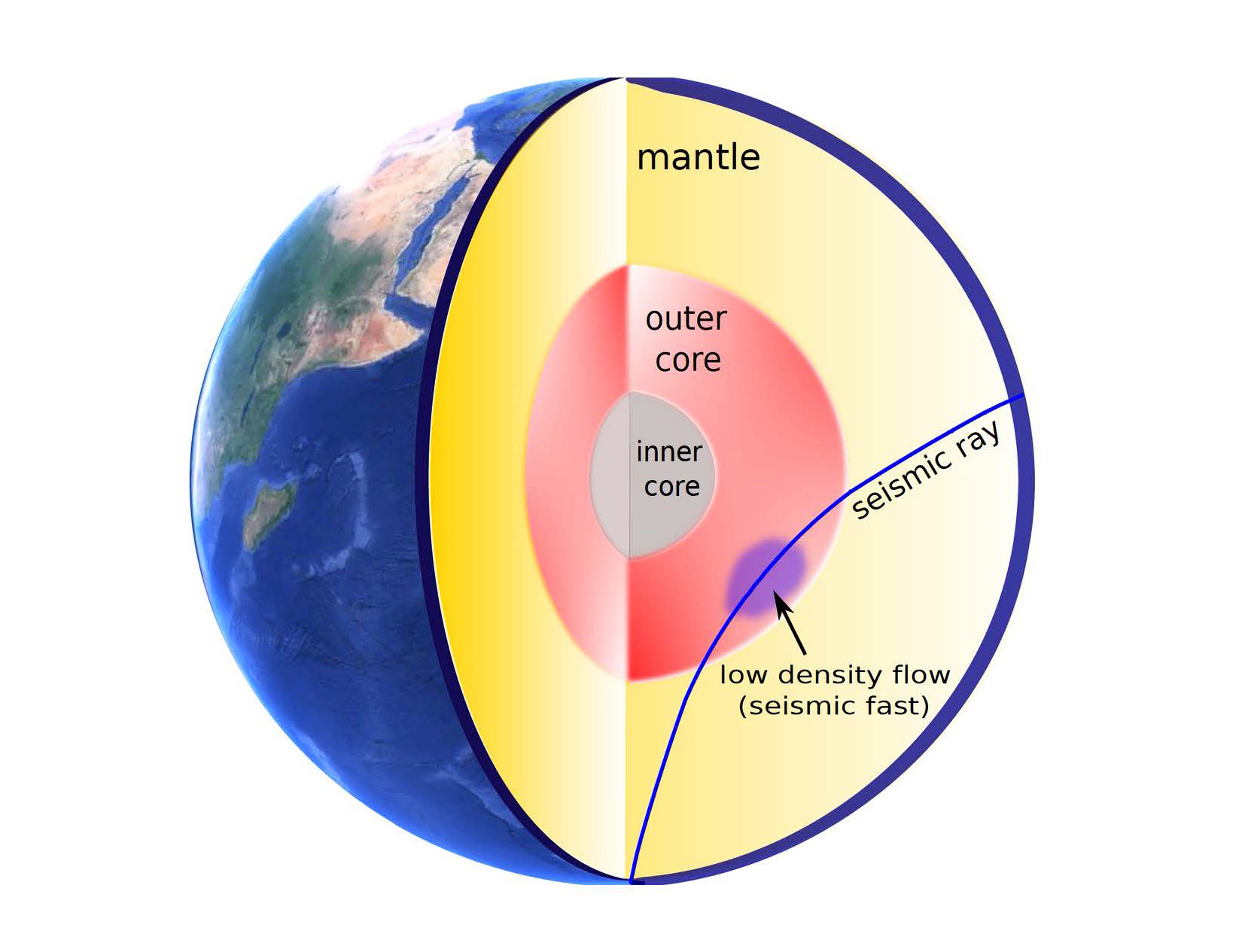How Do Seismic Waves Help Scientists Understand Earth’S Interior
Seismic waves are one of the most important tools that seismologists use to study the Earth’s interior. By recording and analyzing seismic waves, scientists can learn about the structure and composition of the Earth’s layers. Seismic waves are generated when an earthquake occurs, and they travel through the Earth’s interior.
The waves are recorded by seismometers, which are sensitive instruments that measure vibrations in the ground. Seismic waves travel at different speeds depending on the type of material they are traveling through. For example, seismic waves travel faster through solid rock than through liquid or gas.
This difference in speed allows seismologists to create a map of the Earth’s interior by tracking how fast the seismic waves travel from one point to another.
Seismic waves are one of the main ways that scientists learn about Earth’s interior. By studying how seismic waves travel through the different layers of the Earth, scientists can infer the composition and structure of those layers. Seismic waves are created when an earthquake occurs.
The energy from the earthquake travels through Earth in the form of seismic waves. There are two types of seismic waves: body waves and surface waves. Body waves travel through the interior of Earth, while surface waves travel along the surface.
Scientists use seismometers to measure seismic waves. Seismometers can be used to detect earthquakes all around the world, even if they are far away from where the seismometer is located. By analyzing the data from seismometers, scientists can map out where seismic activity is occurring and also track how seismic waves propagate through Earth.
Seismic data helps scientists understand many different aspects of Earth’s interior, including its composition, temperature, and density.
How Do Scientists Determine the Composition of Earth’s Interior?
Scientists have long been interested in the composition of Earth’s interior. This is because the composition of a planet’s interior can tell us a lot about its formation and evolution. In order to determine the composition of Earth’s interior, scientists use a variety of methods, including seismic studies, laboratory experiments, and computer models.
Seismic studies are perhaps the most important tool for determining the composition of Earth’s interior. By studying how seismic waves travel through different layers of the planet, scientists can infer the properties of those layers. For example, scientists can use seismic data to map out Earth’s mantle and core.
Laboratory experiments are also used to study the composition of the Earth’s interior. By simulating conditions found deep within the planet, scientists can learn about the behavior of materials under extreme pressures and temperatures. These experiments help to constrain models of Earth’s interior and improve our understanding of how it works.
Finally, computer models are used to complement both seismic data and laboratory experiments. By creating virtual models of Earth’s interior, scientists can test different hypotheses about its composition and structure. These models allow researchers to explore a wide range of possibilities without having to conduct expensive and dangerous fieldwork.

Credit: www.nytimes.com
What are Seismic Waves
Seismic waves are giant waves of energy that are released when an earthquake occurs. These waves travel through the Earth’s surface and can cause a lot of damage to buildings and other structures. Seismic waves are usually divided into two types: body waves and surface waves. Body waves travel through the interior of the Earth, while surface waves travel along the Earth’s surface.
Conclusion
Seismic waves are one of the ways that scientists use to understand what the inside of the Earth looks like. When an earthquake happens, seismic waves radiate out from the earthquake’s epicenter. By measuring these waves, scientists can learn about the Earth’s interior structure.
Seismic waves travel at different speeds depending on the type of material they are passing through. For example, P-waves travel faster than S-waves because they move through solid rock while S-waves move more slowly through liquid rock. By measuring the speed of seismic waves, scientists can infer the composition of different layers within the Earth.






